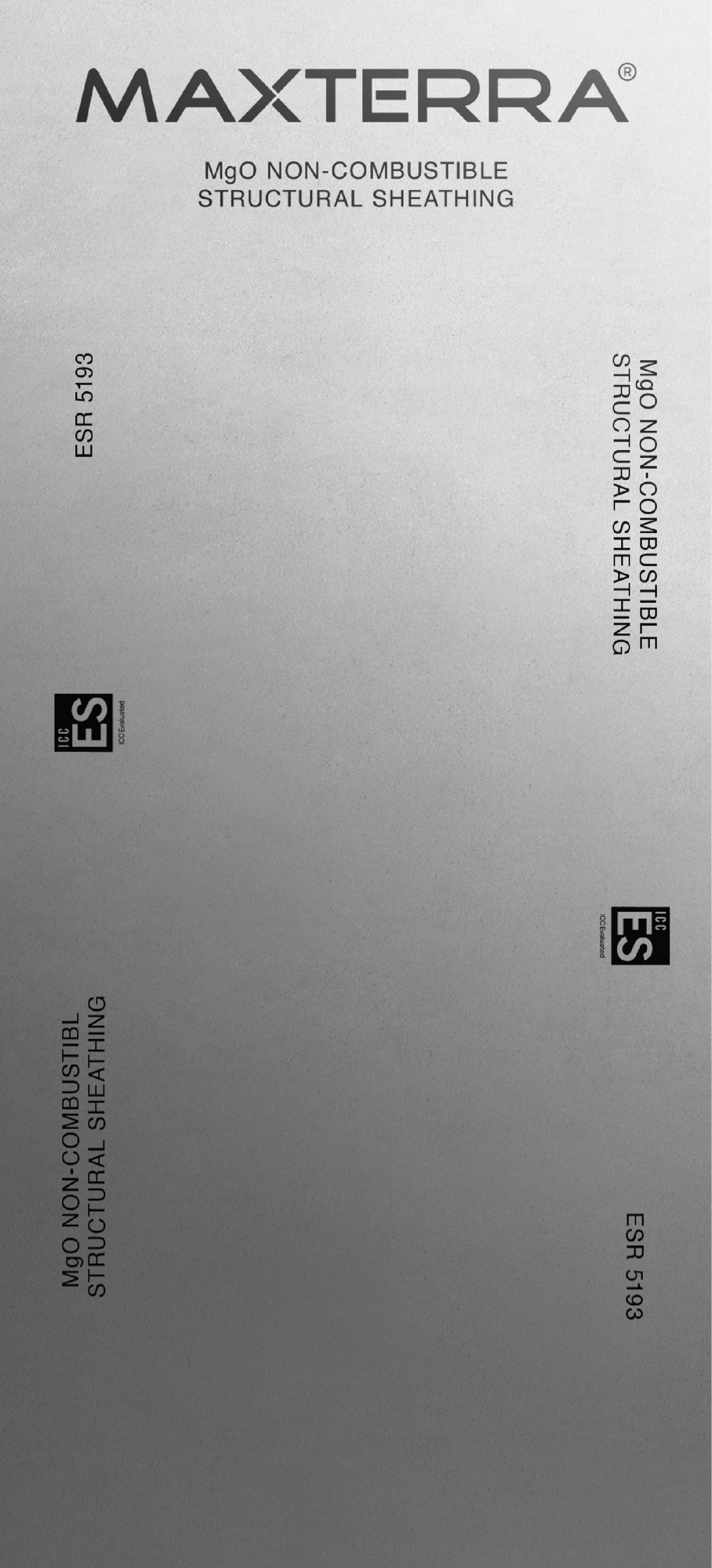Insect and
Pest Resistance
Insects and pests cause billions of dollars in damage to buildings each year, with termites alone causing over $5 billion in property damage annually in the United States. Buildings made with traditional materials like wood and drywall are especially susceptible to infestation, leading to costly repairs and potential structural failure. Warmer climates and changing environmental conditions are making pest infestations more common. Effective pest control measures are often costly and can be difficult to implement, leaving many structures vulnerable.
MAXTERRA® products provide an effective
defense against pests and insects.
Key Facts and Certifications.

Key Facts and Certifications.
Non-Nutritive Composition
Made from inorganic materials, MAXTERRA panels do not provide a food source for insects, pests, or rodents, including termites, ensuring buildings remain pest-free.
Alkaline Nature Deters Pests
The alkaline nature of MAXTERRA panels creates an inhospitable environment for insects and pests, further reducing the risk of infestations.
Pest Deterrent Through Moisture Resistance
The moisture-resistant properties of MAXTERRA panels prevent damp environments that attract pests like termites and carpenter ants, further reducing the risk of infestation.
Application Highlights
Situation
Traditional building materials are often susceptible to damage caused by pests and insects, leading to structural degradation and increased maintenance costs.
Solution
MAXTERRA MgO products, with their inorganic composition and alkaline environment, are unappealing to pests and insects. They provide dual protection against moisture and pests, ensuring long-term durability.
Impact
Structures built with MAXTERRA products remain pest-free, reducing the need for chemical treatments and maintenance. This leads to lower upkeep costs and longer-lasting buildings, enhancing the overall value and safety of the property.
*Non-combustible panels include MAXTERRA MgO Non-Combustible Structural Sheathing and MAXTERRA MgO Non-Combustible Single Layer Structural Floor Panels.